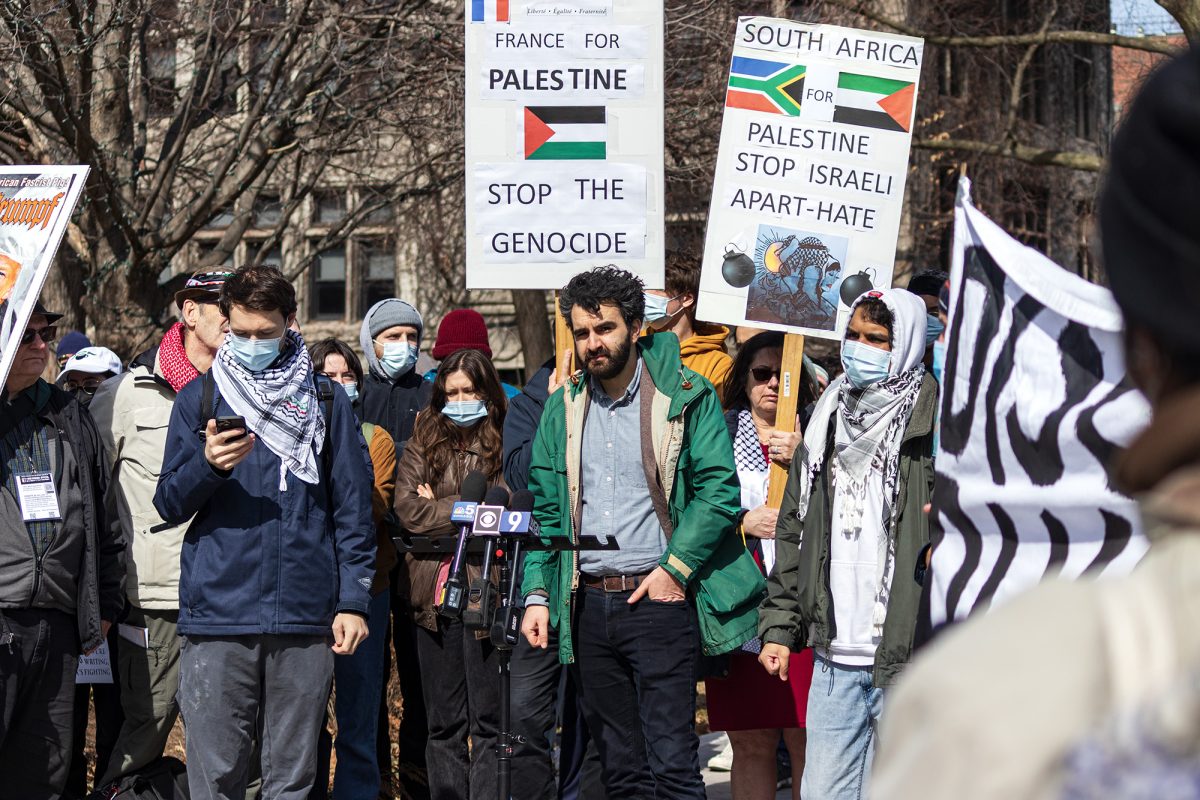Attack ads
It was nice to hear, in the words of a local columnist, the “moon bat” opinion out here in Chicago. I noticed that Brian Karfunkel’s letter conveniently left out two words that I mentioned over and over again in my Friday column. These two words are Michael Dukakis, another strong endorser of Deval Patrick. (He recently signed up to be a block captain in Brookline, the bastion of mainstream “leadership.”) When anyone is able to write a letter to the editor explaining why Dukakis, the most liberal Democrat of all time, likes this guy so much, and why you think Deval Patrick will be anything different than the years of Dukakis’ reign, when Taxachusetts became a common colloquialism, then you can talk to me about empty rhetoric and partisan endorsements.
Speaking of forgetting facts, you refer to several endorsements that Patrick has picked up, presumably due to his “leadership.” Mary Lauby, head of Jane Doe, Inc., gave money to Patrick as far back as 2005, before the ads came out.
Also, the board of Massachusetts Lawyers Weekly consists of a majority of Democrats, to say nothing of lawyers. The current and former Massachusetts AGs are both Democrats and both ran for governor (Tom Reilly and Scott Harshbarger). I’m not going to even bother to explain why it is unsurprising that a union endorsed the Democrat. And perhaps I didn’t mention in my last column the letters that Patrick sent to a jailhouse saying that not serving hot food and juice to inmates violated their constitutional rights, in addition to what is contained in the ads themselves.
Perhaps serving hot food and juice is “morally” the right thing to do, as you seem to assert. This is because Deval Patrick, clearly, is a positive, inspirational person. Perhaps it is unconstitutional for a convicted felon to not get extra fluff under their pillow, and a mint on top. Or maybe you find leadership in his association with corporate fraud at Ameriquest as their general counsel, or perhaps in his work as a top lawyer for Texaco (I’m betting not one of your favorite companies), or maybe it was his work at Coca-Cola, defending a massive corporation against claims of neglect and abuse of their workers in Columbia. These must all be inspiring stories. Big companies need lawyers, too!
After seeing the Maroon run column after column in praise of this South Side boy made good—I’m not so sure anyone knows what a leader is anymore. Apparently it’s someone who can “inspire them to be positive.” To me, that sounds like a bunch of bull. If Healey’s ads are “baseless,” as you claim, then you give me a call on Election Day. I’ll be in my basement worrying about how the state I grew up in is becoming even more of a laughing stock.
Barney Keller
Fouth year in the College
Hotel
In an unsigned editorial on Tuesday, October 24, 2006, the Maroon’s Editorial Board supported University plans to build a hotel in East Hyde Park on the site of the old Doctors Hospital. The piece explained how the hotel could improve the neighborhood’s status quo: prospective students often stay in downtown hotels and then “unassumingly [hop] on the Green Line when trying to get down to Hyde Park, so that, upon [their] arrival, [they] are greeted not by the charm of the neighborhood, but by its grimy outskirts.”
The day before that was published, my class on urban poverty discussed the University’s long, ugly history of maintaining a color line along East Cottage Grove Avenue. In conjunction with governmental efforts, many members of past Chicago administrations sought to keep the privileged white University community to the east of Cottage Grove and the “undesirable” black residents of the area to the west. It is no coincidence that the Green Line, which stops directly west of Cottage Grove, strikes the Maroon staff as the neighborhood’s “grimy outskirts.” Even if the description is accurate, it is incredibly irresponsible to refer to the disparity in such blasé terms. The editorial serves both to perpetuate ignorance as to why one side of Cottage Grove looks different from the others and to maintain a conceptual line of privilege.
Furthermore, I disagree with the judgment that the area is “grimy.” Washington Park, which stands between the Green Line stop and campus, is one of the most beautiful places around. And yet, most students I know have never taken the time to walk through it, appreciate its lagoons, and enjoy its open air. Students do not use the park because sentiments like those expressed in the Maroon continue to construct an invisible line between the University’s “us” and the neighborhood’s “them.” We should know better by now. Let’s open a dialogue about how the University could positively influence any “grimy outskirts” that are, in large part, its own creation. Let’s encourage students to enjoy all of the area’s resources, not just those east of the former color line. And let’s not be so ignorant as to tell students to stay east of Cottage Grove without the slightest sign of awareness that there is a troubled history at issue.
Matt Johnston
Fourth year in the College





